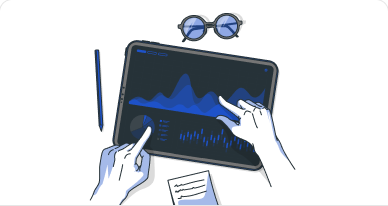A bank rate is the interest rate at which a nation's central bank lends money to domestic banks, often in the form of very short-term loans. Managing the bank rate is a method by which central banks affect economic activity. Lower bank rates can help to expand the economy by lowering the cost of funds for borrowers, and higher bank rates help to reign in the economy when inflation is higher than desired.
Types of bank rates :
- Primary Credit
- Secondary Credit
- Seasonal Credit
Explanation:
Bank Rates in India are determined by the RBI. It is usually higher than a Repo Rate on account of its ability to regulate liquidity. The interest rate is charged by a nation’s central financial authority that controls the money supply in the economy as well as the
banking sector. This is usually done quarterly to stabilize inflation and control the country’s exchange rates.
When a bank rate changes it triggers a domino effect that influences every sphere of a country’s economy. For example prices in the stock market change due to fluctuations in interest rate changes. A change in bank rate affects customers as it affects the rates at which they can take loans.
In a nutshell:
- The bank rate is the interest rate charged by a nation's central bank for borrowed funds.
- The Board of Governors of the U.S. Federal Reserve System set the bank rate.
- The Federal Reserve may increase or decrease the discount rate to slow down or stimulate the economy, respectively.
- There are three types of credit issued by the Federal Reserve to banks: primary credit, secondary credit, and seasonal credit.
- Contrary to the bank rate, the overnight rate is the interest rate charged by banks loaning funds to each other.


 60+ hours
60+ hours 9 courses
9 courses



